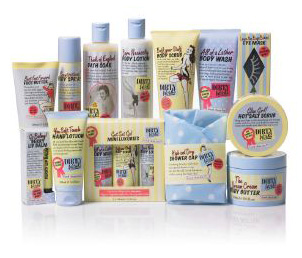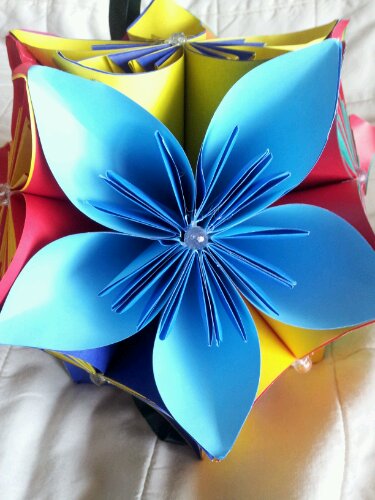A pie? Without a stab wound? What craziness is this?
From a cook’s perspective this pie divider is a great way to cut pie and not stab yourself. Google ‘pie divider’ for other genius/bonkers ideas.
But … back to school:
Imagine you are teaching pie charts. You’ve discussed what they are about, how to calculate angles, you may even have used the earlier blog post on Human Pie Charts. The class settle down to apply all their knowledge, when the floodgates open:
- ‘What’s that thingy you draw circles with?’
- ‘My pencil doesn’t fit in my compasses?’
- ‘I haven’t got a compass.’ (Do you mean pair of compasses?)
- ‘I did have a compass (!), but Mr X took it off me in Y.’ (Why?) ‘ I was stabbing Z with it!’
- ‘My compasses keep going wiggly’
- ‘I’ve made a hole in my book’
- ‘I forgot to mark where I put the point bit’
- …..etc
By the time all this is sorted out, all their shiny new knowledge has shrivelled away.
A helping hand
To assist with this issue, I’ve put together an A4 sheet of 6 piechart templates that you could enlarge on a copier. They’ll get you through the first pie-chart drawing lesson and set you up for
Round 2:
‘You know that pointy thing you told us to bring to this lesson and I even wrote it in my homework planner well I had one in my new geometry set aren’t you impressed that I finally bought one but my mum said I had to lend it to my brother for his test and he’s only just given it back and he’s wrecked it and he said he’ll get me a new one but he doesn’t get paid until next Saturday and he’ll forget but that’s the reason …I haven’t got a compass(!) today.





